Advantages and Disadvantages of Indirect Tax
If we examine the taxation the Indian government imposes on citizens and companies, we can roughly split them into two groups.
Firstly, there are direct taxes. These are the taxes charged against an individual, business, or other entity's revenue, earnings, or income. For instance, direct taxes include wealth, gifts, income, and surcharges.
The indirect tax is the second form of taxation. Here, taxes are charged indirectly on the many goods and services the average person uses. Let's take a closer look at Indirect taxes.
Indirect tax
The government charges indirect taxes on the products and services its citizens purchase, and it suggests that the third party is responsible for paying the tax. In contrast to a direct tax, an indirect tax is imposed on the entities that sell the goods and render the services rather than on the revenue and expenditure of the individuals.
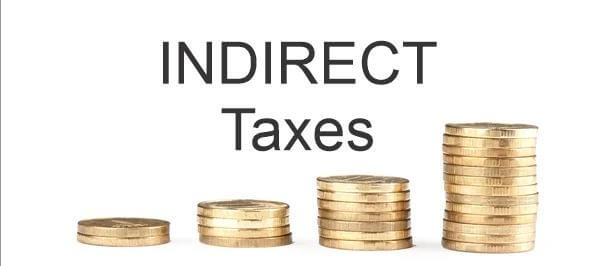
Depending on who purchases the products or services, these taxes are transferred from one person to the next. Finally, the individual who purchases these things, in the end, is the one who is responsible for paying the tax. Indirect taxes come in several forms in India, including the Goods and Services Tax (GST), Excise Taxes, Customs Duty, and many others.
Types of Indirect Taxes
In India, there are several types of indirect taxes. Following the implementation of the GST, all of these taxes were grouped, however before that; there were several kinds:
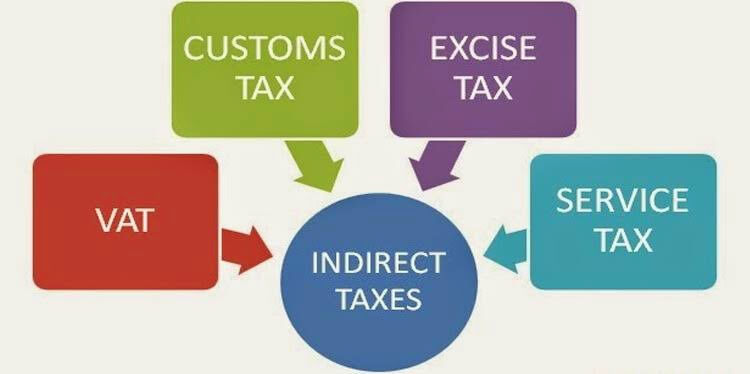
Service Tax: When consumers buy a service from any organization, they must pay service tax. On specific transactions that a provider makes to offer a service, the Indian government imposes a service tax.
Value Added Tax: This tax is gathered by state governments on an item or service at every point of sale when the value has been added. This tax is charged from when raw material is purchased until a completed article is sold.
Customs Duty: The Union government collects this indirect tax on an imported good into India, and it is timely and applies to goods exported from India.
Excise Duty: Excise taxes are paid by manufacturers of items made in Indian firms to our government. Through the cost of the items, the producers charge their customers for them.
Entertainment Tax: The state government charges this tax on any entertainment-related purchases of products and services. Purchasing products like video games or services like tickets to sporting events, theatre productions, and theme parks
Features of Indirect Tax
The following are some key characteristics of indirect tax:
- Its character was regressive at first. This is because it formerly placed a heavy weight on a taxpayer's income, whether rich or poor. After the Goods and Services Tax was implemented, things changed for the better.
- Tax payment liabilities may be transferred. This suggests that manufacturers, retailers, or service providers are responsible for paying the tax first, and they then receive it from their customers.
- The taxpayer is the end consumer of the taxable product, that's always a finished commodity or service.
- People are encouraged to invest and save money via indirect taxes, which promotes economic expansion.
- Because it is a part of the market price of the goods, this tax cannot be avoided.
Advantages of Indirect Taxes
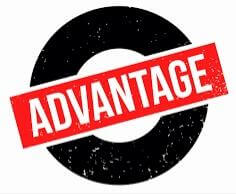
The advantages of indirect tax are listed below -
- Easy to Fetch: Unlike a direct tax, it is easier to collect. This tax is added by merchants or service providers to the market price of a good and is only collected at the point of sale. As a result, the initial taxpayer (store or service provider) can avoid getting their clients to pay them back.
- Time-saving and convenient: One advantage of indirect tax is that it may be transferred from one person to another. Retailers or service providers may collect it in person at their locations, as the taxpayer serves as the final consumer. This accelerates and facilitates the collection of this tax.
- Stress reduction related to tax payment: Taxers are not required to deduct this tax from their earnings. Our government uses the market value of a product to implement it, and it is collected at the time of sale. As a result, it isn't a burden on the taxpayers.
- Fair Tax Distribution: The need for any commodity is inversely proportional to this tax. As a result, goods that meet our fundamental requirements and necessities are taxed less. On the other hand, luxury and costly goods will be subject to more outstanding taxes.
- Escape is inevitable: Since indirect taxes are always included in the price of goods and services, they are difficult to avoid. As a result, you always pay this tax when you transact.
- Equal Payment to Everyone: No income tax brackets apply to yearly incomes below Rs. 2.5 lakhs. People who generate this income are excluded from direct taxation. They do, however, pay indirect taxes to our government and support the growth of our nation.
Disadvantages of Indirect Taxes
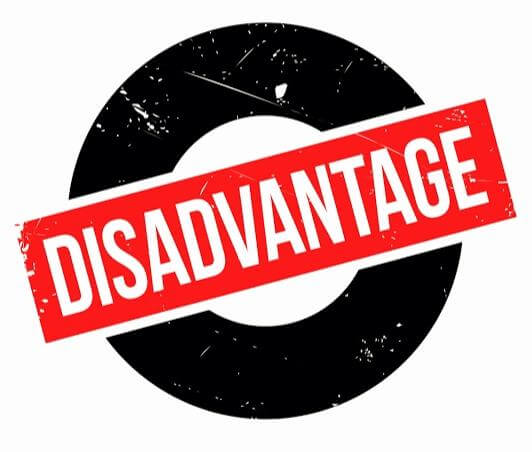
This tax has several negative aspects in addition to its positive aspects. They are:
- Regressive: It is unfair to impose indirect taxes. Because the salt tax in India needed to be paid at the exact rate by everyone, it disproportionately affected the poor compared to the wealthy. The market price is the same whether a rich or a poor man purchases a good, and the price includes the tax. This results in equal pay for the rich and poor, which is unfair. Therefore, they are regressive.
- Uncertain: We are unsure about the revenue return until indirect taxes are charged on necessities. The tax may generate little income for items with elastic demand. The tax will cause a decrease in order and a price increase, and paying taxes is only there if the item is purchased.
- Price increases Unduly: They significantly impact price increases more than taxes. Since it is impossible to determine a fraction of a currency unit, every go-between currently pays more than the tax and is a cumulative process.
- Uneconomical: The expense of collecting is significant. Every point of production needs to be protected. To handle these taxes, a sizable administrative team is required. This turns out to be an expensive venture.
- No Civic Consciousness: Because the taxpayer is frequently unaware that he is making a tax payment, these taxes do not promote civic consciousness. The price includes the tax but hides it.
Why is the GST an indirect tax?
On July 1st, 2017, the different indirect taxes in the nation were merged under the Goods and Services Tax, or GST, as it is more generally known. Due to the implementation of the new tax system, the formerly mandatory taxes are now abolished.
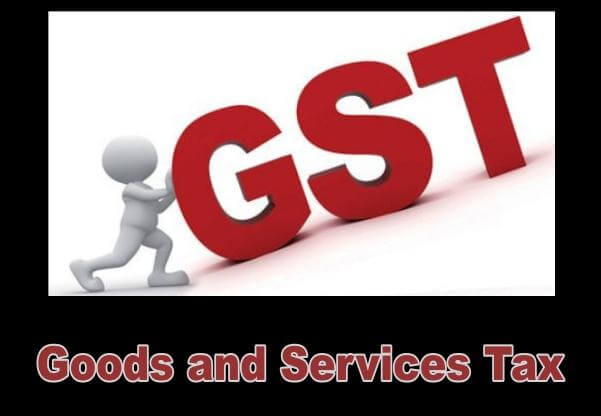
They no longer have to pay for every value addition since the sliding impact of tax has been abolished, which is one of the key advantages of the GST. Service tax, state excise duty, balancing duty, supplementary excise duty, and special adding custom charges are among the taxes incorporated into the GST at the state level.
Among the taxes included under GST at the central level are sales tax, central sales tax, purchase tax, entertainment tax, luxury tax, octroi & entry tax, and taxes on betting and lottery play.
Taxes: Direct vs Indirect
The main distinction between direct taxes and indirect taxes is how they are collected.
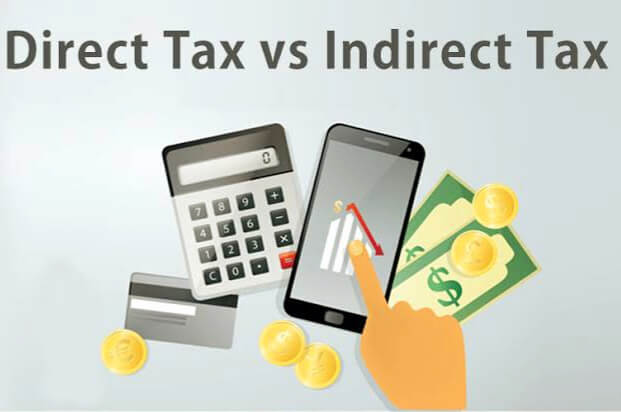
- As the name implies, direct taxes are paid to the government directly, whereas indirect taxes are paid through another party. It indicates that even though the tax is placed on a specific business or supplier, the burden will ultimately be passed on to consumers.
- While indirect taxes are paid on the commodities customers purchase, direct taxes are deducted from an individual's wages. Additionally, direct taxes depend on a person's ability to pay. However, indirect taxes do not consider the consumer's capacity to pay, unlike direct taxes, which are the same for all who purchase the products or services.
- Indirect taxes include, but are not limited to, excise tax, VAT, and service tax. Taxes on income, corporations, real estate, and personal property are a few examples of direct taxes.
|






 For Videos Join Our Youtube Channel: Join Now
For Videos Join Our Youtube Channel: Join Now










